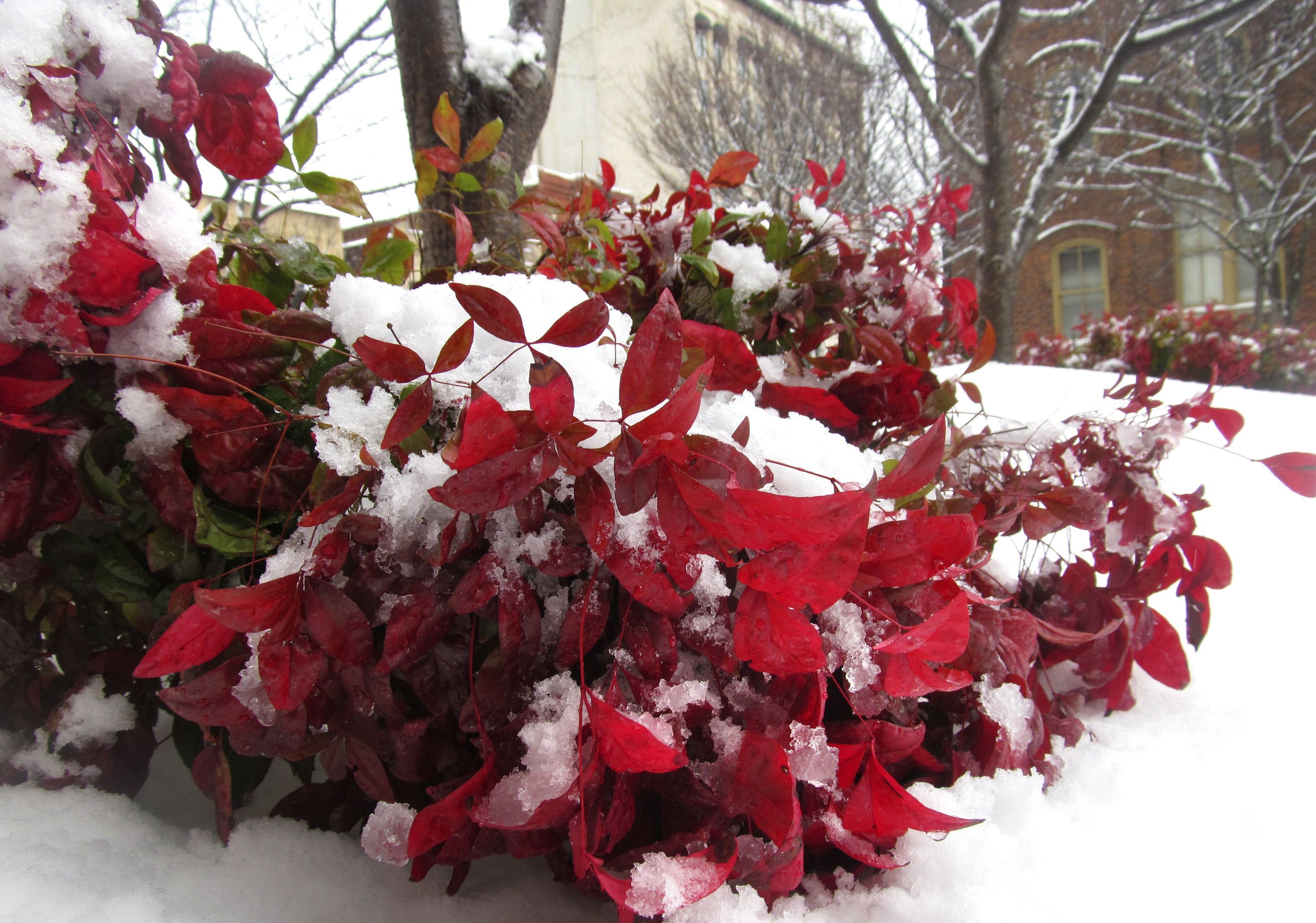Cold is sure to leave damage to plants
Published 12:00 am Thursday, February 13, 2014
SALISBURY — The unseasonably arctic blast Rowan County experienced last month and over the past week may cause serious damage to landscape plant materials. Dry, cold weather causes problems with evergreen materials and cold-tender shrubs. Transpiration loss is greatest during periods of strong winds and on bright, sunny days. Landscape plants such as rhododendron and camellia appear to be wilted in early morning in an effort to conserve water.
Leaf desiccation occurs when water leaves the plant foliage faster than the roots can replenish lost moisture. Absorption from roots is reduced or often prevented when the soil is very cold or frozen. Many evergreen landscape materials such as camellia and boxwood often turn yellow or orange due to mild desiccation or excessive sunlight. Cold injury is manifested as discolored, burned evergreen needles or leaves. Entire branches can also become dehydrated and die. Cold damage is normally worst on the side of the plant facing the wind or sun or near a reflective surface such as a white house, concrete paving, etc.
Extreme drops in night temperatures can also freeze water within branches or even the trunk of a tree, causing the bark to split open. Often, these cracks will close when warm weather arrives, but the wood fibers within may not grow back together, exposing wood or cracks. This type of cold damage is commonly found on the southwest side of young shade trees where warm afternoon sun creates further extremes in the day and night temperatures.
Special precautions can be taken to protect plants during the winter. Anti-desiccant compounds are sold in many garden centers. Commercial growers use these in nursery stock operations. However, research has shown that these compounds degrade rapidly and may be of little value to homeowners.
Shade plants from direct winter sun and wind. Plants that freeze slowly and thaw slowly will suffer less damage. Build a frame over the plants, cover with a material, and seal to the ground. Small evergreens can best be protected by using wind breaks to reduce the force of the wind and to shade the plants. Windbreaks can be created by attaching burlap or canvas to a frame on two sides of the plant.
Mulching trees and shrubs helps insulate the soil, allowing moisture uptake. A 3- to 6- inch layer of coarse mulch will help reduce water loss and help maintain uniform soil moisture and temperatures around roots. Mulch layers also prevent heaving and thawing, which is especially important to newly planted trees and shrubs.
Darrell Blackwelder is an agricultural agent in charge of horticulture with the North Carolina Cooperative Extension Service in Rowan County.





